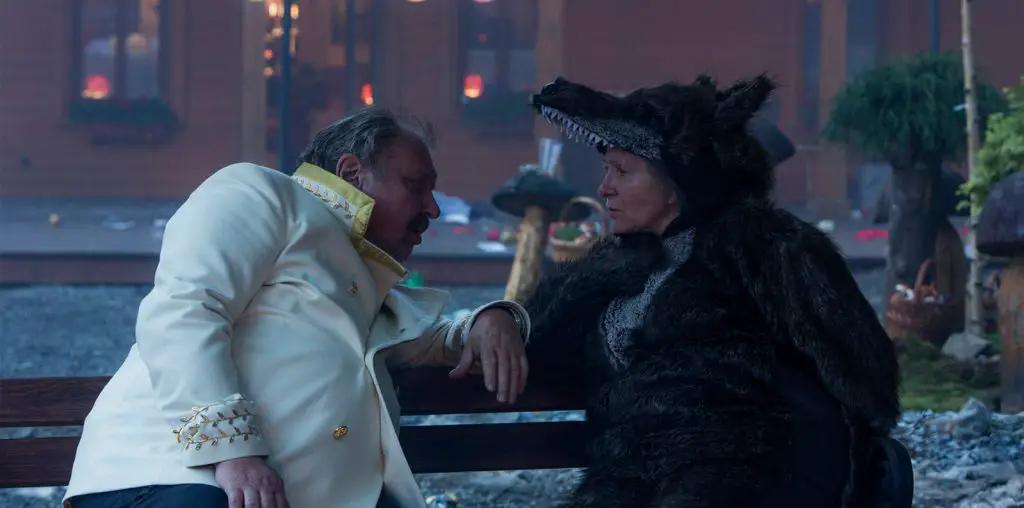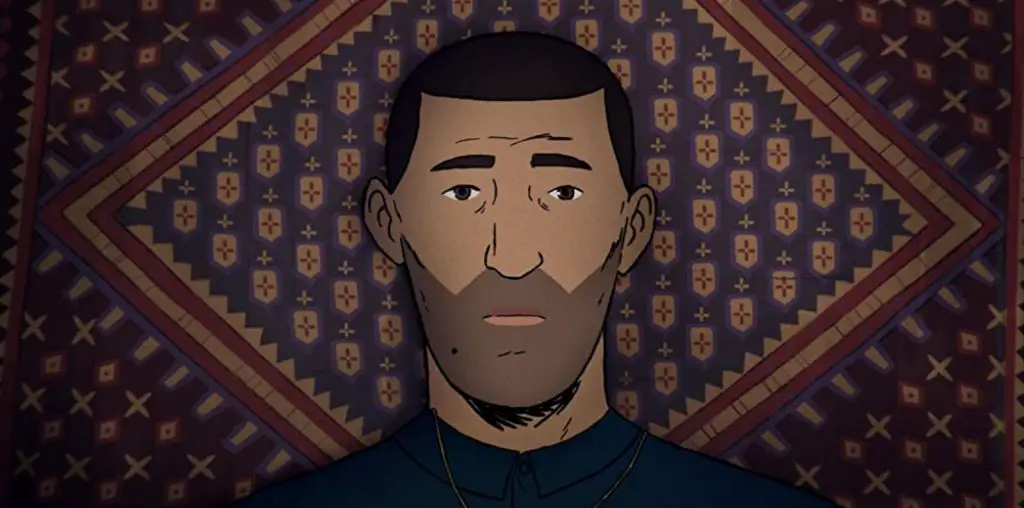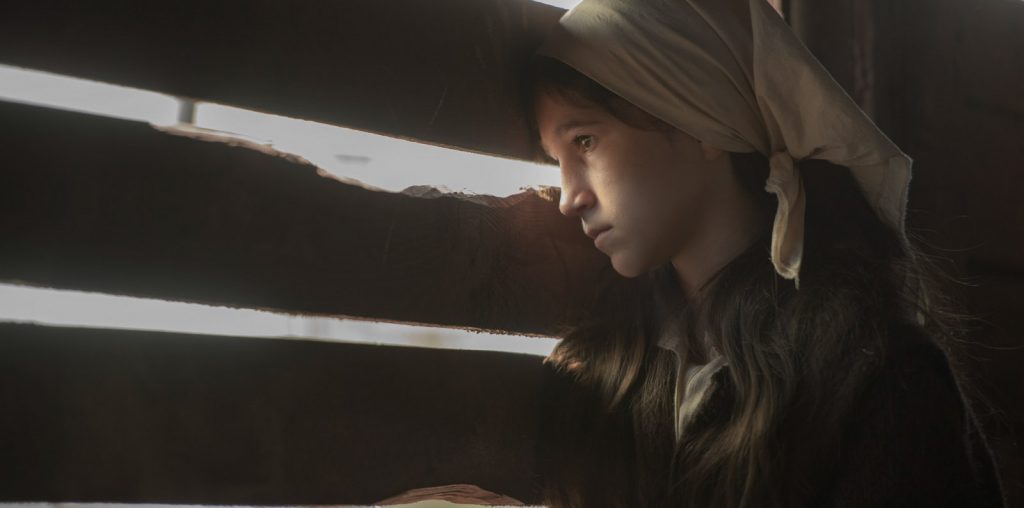
The cinematography of No Trace, on the other hand, is arguably worth the price of admission alone. Simran Dewan utilizes a bold mix of 4:3 and widescreen aspect ratios throughout to signal shifts in the emotional tone of any given scene. Through careful editing and planning, each transition between the aspect ratios is nearly seamless and never distracting. The two aspect ratios are also used to convey different tones. The widescreen highlighted the characters’ freedom in one context, but in another, it highlighted their loneliness and isolation. The 4:3 at times highlighted the characters’ intimacy, and at others, it was claustrophobic. The film was also in grayscale, and its lack of color was effectively utilized to make the woods that surround everyone at all times feel alien and hostile.
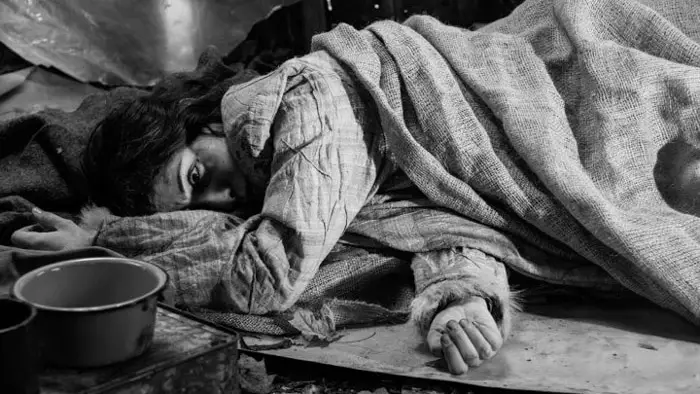
“…a harrowing experience to behold.”
The experimental soundtrack, crafted by Gabriel Dufour-Laperrière, works cohesively with the complex cinematography to elevate the experience of watching the movie. Despite the earthy world the story takes place in, the soundtrack is all electronic and industrial tones to enhance the tone of each moment. The soundtrack also did an excellent job of allowing for a distinction between itself and the sounds of the world, such as birds chirping and trees rustling in the wind. There were also many moments of the film in which there was no soundtrack whatsoever, emphasizing the sobering reality of the characters’ situations.
No Trace accomplished quite a lot with such a small premise, world, and (likely) budget. Each creative member added a unique artistic contribution. However, it always kept me at arm’s length, never letting me into the complexity of its characters nor its world. Nonetheless, it was a harrowing experience to behold.
No Trace screened at the 2021 Slamdance Film Festival.
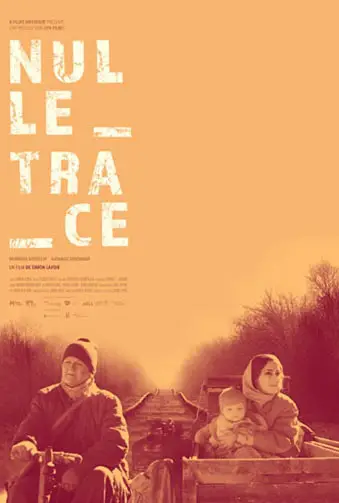
"…intentionally has a near nonexistent story and sparse dialogue."
